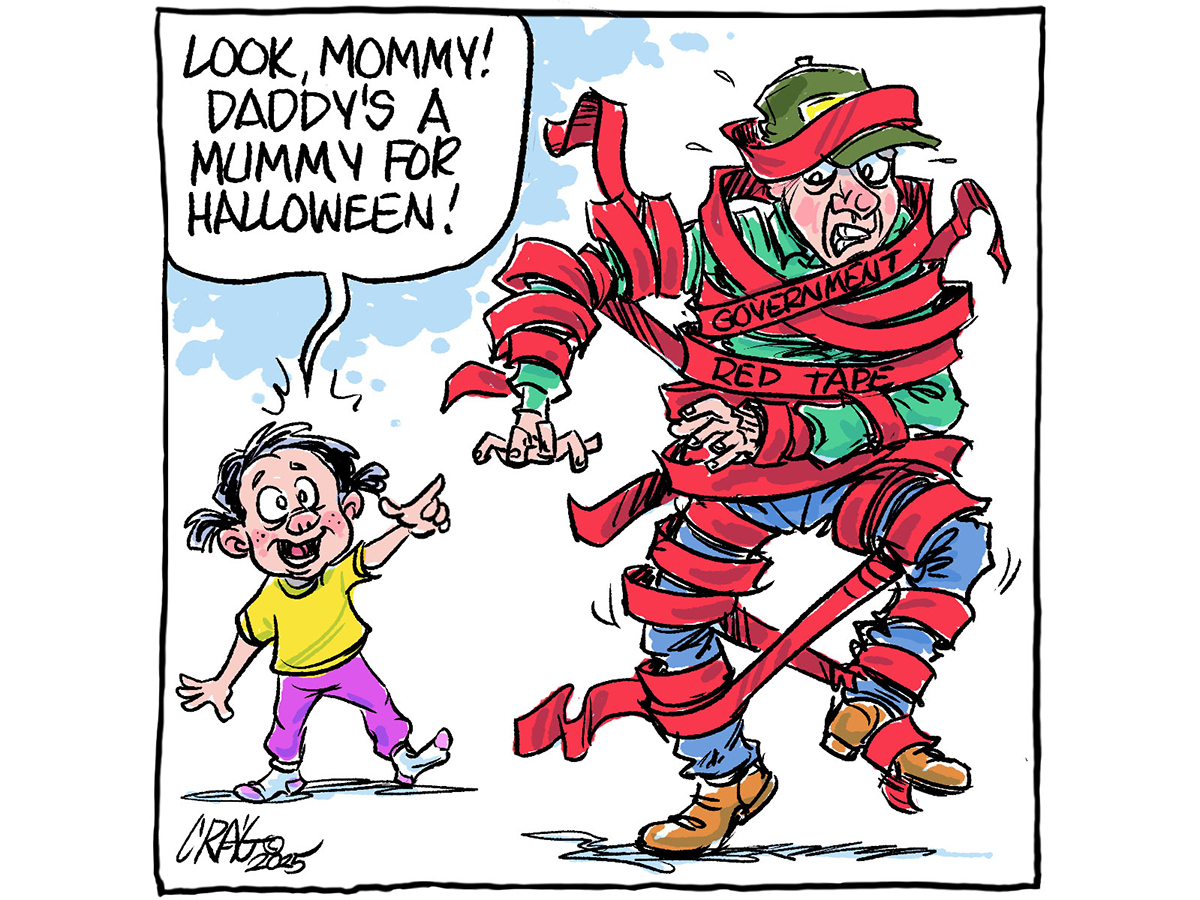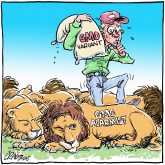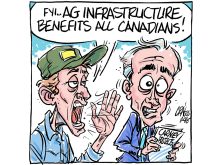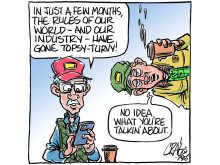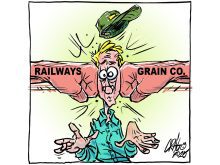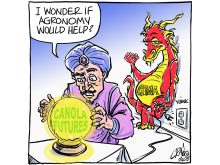A time-honoured tradition for Canadian prime ministers is to attempt to reduce red tape within the country’s public sector.
Another tradition is for prime ministers to move on to something more attainable once they figure out how difficult it is to change the procedures and culture within federal departments.
A good example of this is the modernization efforts that successive governments have made at the Canadian Food Inspection Agency.
Read Also
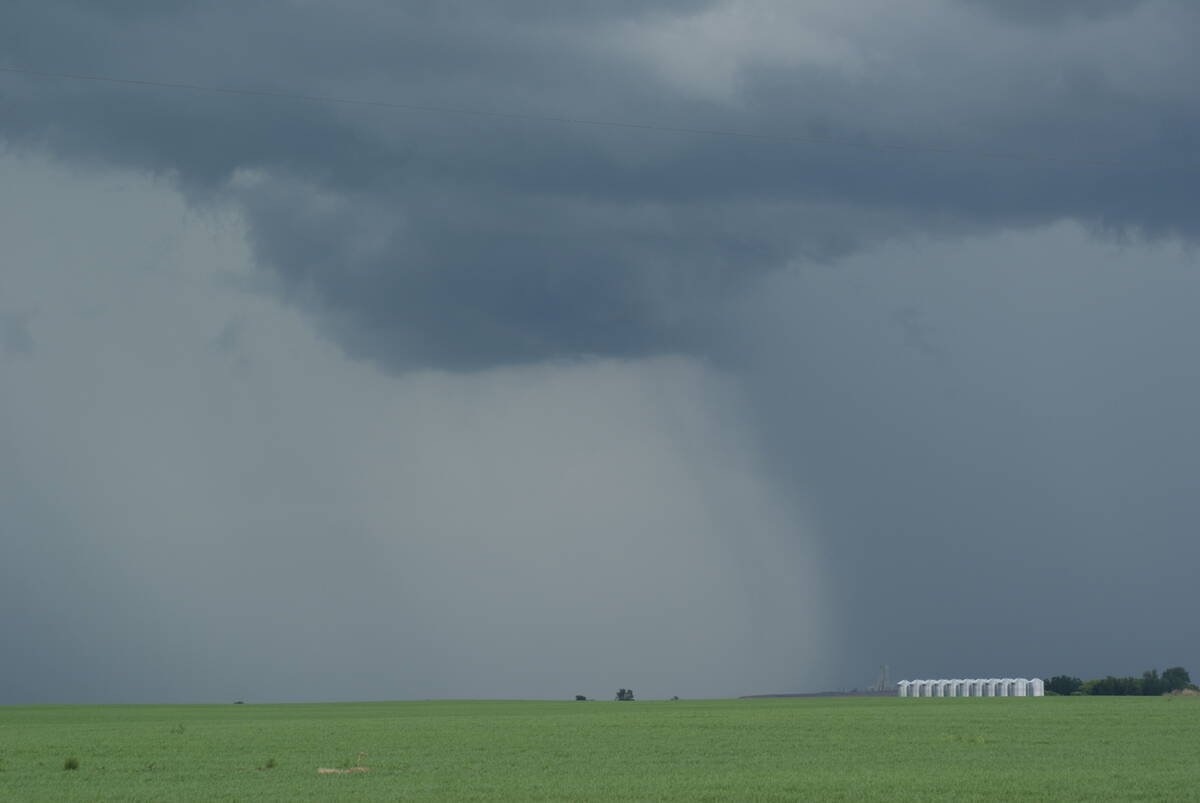
Canadian farmers need new tools to support on-farm innovation
Farmers need a risk management buffer that actually works and investment that drives advancements forward if Canada is to build resilience.
When Stephen Harper was prime minister, his flagship approach to modernize the federal bureaucracy was the one-for-one rule, where for every new regulation that was added that imposes an administrative burden on business, one regulation must be removed.
He also promised a flexible seed variety registration process and to align CFIA regulations with international bodies.
When Justin Trudeau was prime minister, he moved to expand online services and modernized forms to make it easier for businesses to interact with the CFIA. He also tried to shift the agency toward outcome-based regulations, and to streamline internal processes to make regulatory decisions faster.
The efforts of both prime ministers likely helped the CFIA, but judging by antiquated procedures still used at the agency, it is clear both Harper and Trudeau could have done much better on this file.
For example, Canada still doesn’t use electronic phytosanitary certifications for grain exports, as the United States does.
Instead of using a simple email and a QR code to send these certificates, the CFIA uses paper phytosanitary certificates that need to be couriered from the CFIA to a Canadian exporter, importer or broker.
This requires much more time and effort.
Brian Innes, executive director of Soy Canada, recently appeared as a witness before the House of Commons agriculture committee that’s studying red tape reduction and regulatory modernization at the CFIA and Pest Management Regulatory Agency.
He said Canada exports approximately 350,000 tonnes of soybeans to Japan per year in 20 tonne containers, and each shipment needs a phytosanitary certificate that is approximately 3,000 pages long.
He said this outdated approach reflects poorly on Canadian exporters and is more expensive to use compared to using QR codes.
Modernization efforts imposed on the CFIA by previous prime ministers focused on reducing the cost burden to taxpayers, and both Trudeau and Harper did reduce the agency’s budget.
By most accounts, the CFIA continues to fulfil its mandate of protecting Canadians from food and disease risks, even with budget reductions.
It’s largely the business community that struggles with the agency’s outdated systems and approaches to managing parts of the agri-food sector.
It’s difficult to know whether this problem comes from a lack of resources at the agency or the inertia of a large bureaucratic organization filled with people who are used to doing things the way they’ve always done it.
Every government structure and large company in Canada has been challenged by technologies and new approaches to business that required significant change management.
It would be nice if something as simplistic as a one-for-one rule could tangibly move the dial toward making a complex organization such as the CFIA more efficient.
Unfortunately, it will take a much more sophisticated approach by competent and knowledgeable managers.
It is now prime minister Mark Carney’s turn to mandate the change he wants to see at the CFIA.
Let’s hope he doesn’t move on to something more achievable before the job is done.
Karen Briere, Bruce Dyck, Robin Booker, Paul Yanko and Laura Rance collaborate in the writing of Western Producer editorials.

